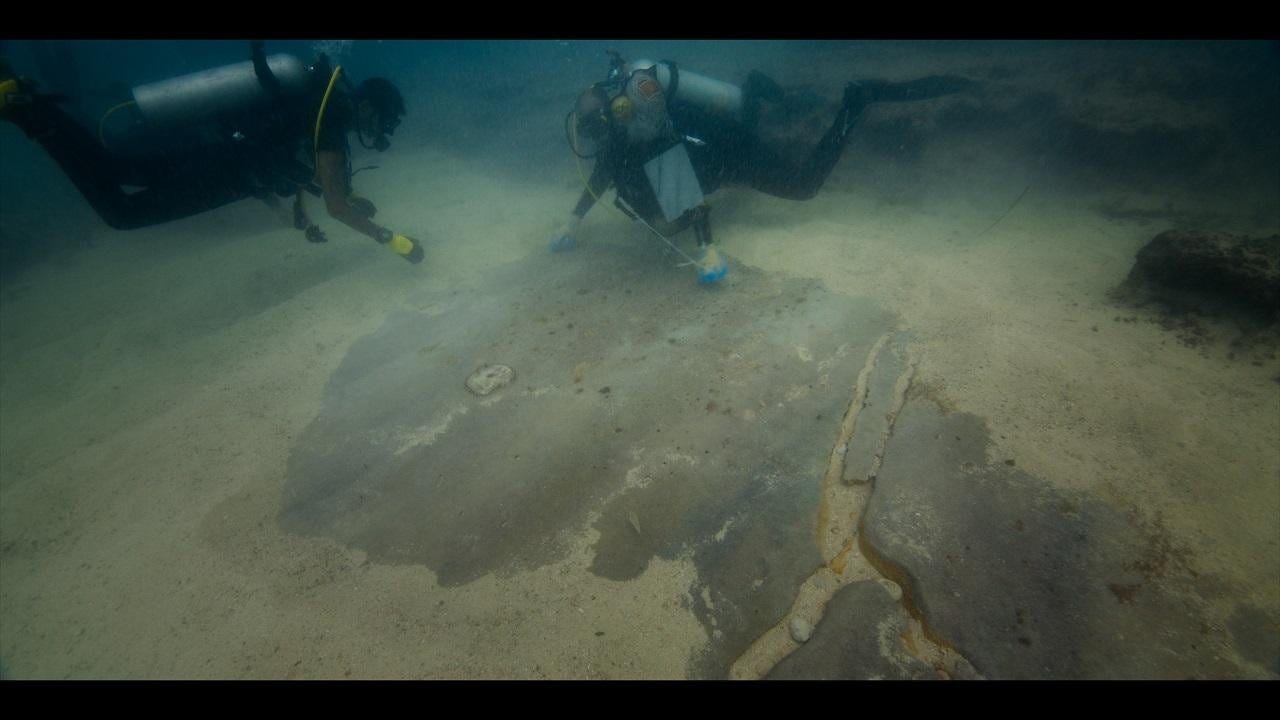Archaeologists believe that the lost port discovery brings Cleopatra’s elusive tomb a step closer
Latest News
Reported by Archaeology News:
Archaeologists have unearthed the remains of a massive submerged port off Egypt’s northern coast, a discovery that could shed light on one of history’s most enduring mysteries—Queen Cleopatra’s final resting place. The find is located near Taposiris Magna, an ancient temple complex about 30 miles west of Alexandria, long thought by some scholars to be linked to Egypt’s last pharaoh.
The ancient harbor, approximately 40 feet below the Mediterranean Sea, consists of stone buildings that rise more than six meters high, with shiny floors, columns, cement blocks, anchors, and scattered Ptolemaic amphorae. The port, previously connected to Taposiris Magna, suggests that the complex was far more than a religious site. It also served as a thriving trade center, linking overland routes and Lake Mareotis to Alexandria.
This breakthrough comes from two decades of work by Dominican archaeologist Kathleen Martínez, who has dedicated her career to tracing Cleopatra’s elusive tomb. While most Egyptologists maintain that the queen was buried in Alexandria, Martínez argues that evidence points to Taposiris Magna. The temple was dedicated to Osiris, a god associated with death and resurrection, and its name—“Great Tomb of Osiris”—may hold symbolic significance.
Martínez’s theory was strengthened in 2022, when her team discovered a 4,300-foot tunnel beneath the temple ruins. Carved deep into the rock, partially submerged, and heading seaward, it contained jars and ceramics dating to the time of Cleopatra. The newly discovered offshore harbor appears to be aligned directly with this tunnel, indicating an integrated network that could have been utilized in the queen’s burial.
In collaboration with oceanographer Bob Ballard, discoverer of the Titanic, Martínez and her team used sonar mapping and diving operations to survey the seabed. They revealed remnants of ancient marine activity, such as fishermen’s storage places and unmistakably man-made structures. The find was announced by the Egyptian Ministry of Tourism and Antiquities as proof of extensive maritime activities at the site during the Ptolemaic era.
Read more here.




Definitely following the story and keeping my fingers crossed that they get lucky and find a lead to the tomb.